Flank openings are openings where the earliest moves do not emerge from either of the centre files (c and d files).
Instead, White moves other pawns and pieces on other files of the board.
In some cases, White plays in an hypermodern style attacking the centre from the flanks with deployed pieces.
These type of openings are fairly popular and used by every level of chess players worldwide.
Common Types of Flank Openings
Some of the most popular flank openings include the English Opening (1.c4), the Reti Opening (1.Nf3), the Bird’s Opening (1.f4), the Benko Opening (1.g3) and the Larsen Opening (1.b3).
These openings are also referred to as regular openings, different from flank openings that are considered irregular. We’ll see this shortly.
Here’s a closer look at each mentioned opening:
English Opening
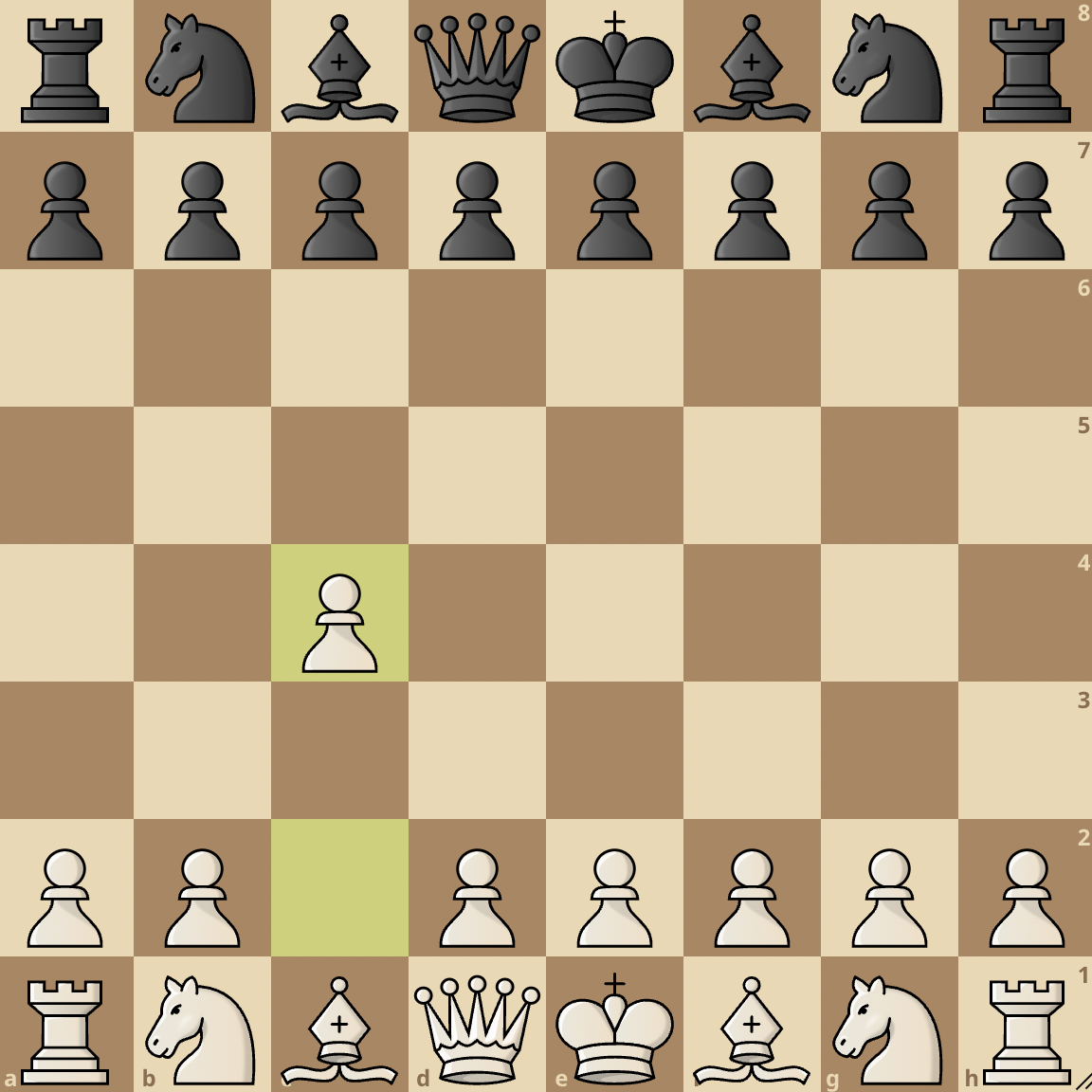
The English Opening is not just the most popular flank opening but also one of the most popular chess openings in the world.
It’s the opening move 1.c4. and represented by ECO A10.
ECO which mean Encyclopedia of Chess Openings is a classification system for all chess openings moves.
Unofficial World Champion Howard Staunton founded the English Opening. You can study the English Opening in detail here.
Reti Opening
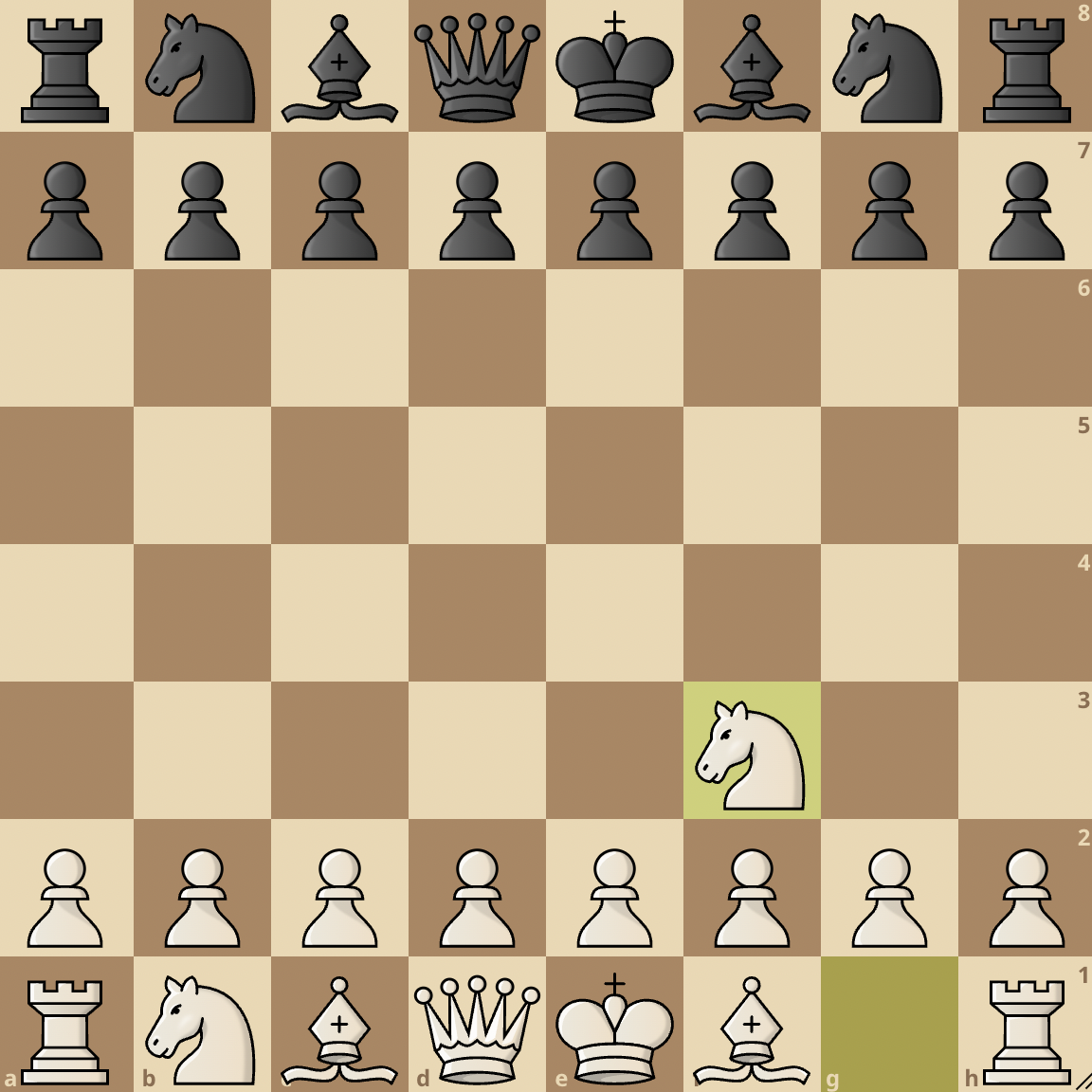
The Reti Opening is given by 1. Nf3 with ECO A04.
It was named after Czechoslovakian chess player Richard Réti (1889–1929).
It’s also also the Zukertort Opening. You can study the Reti Opening in detail here.
Benko Opening
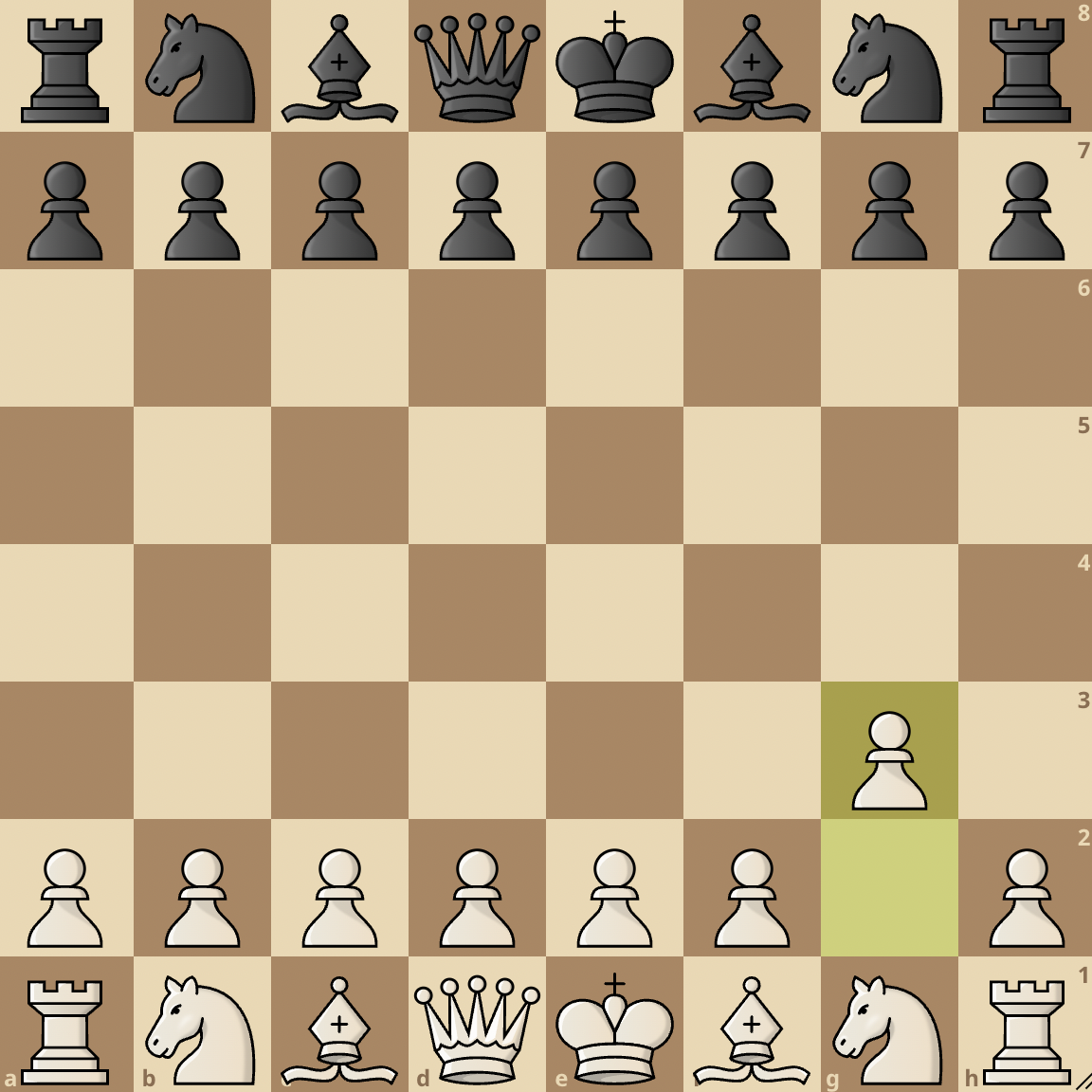
Benko opening starts with 1.g3.
The Benko Opening is also known as the King’s Fianchetto Opening, Hungarian Opening, or Barcza opening.
The ECO is A00 and it was founded by American-Hungarian Legend Pal Benko.
You can study the Benko Opening in detail here.
Larsen Opening

Larsen openings starts with 1. b3.
It was founded by Danish Grandmaster Bent Larsen and represented by ECO A01.
You can study the Larsen’s Opening in detail here.
Bird’s Opening
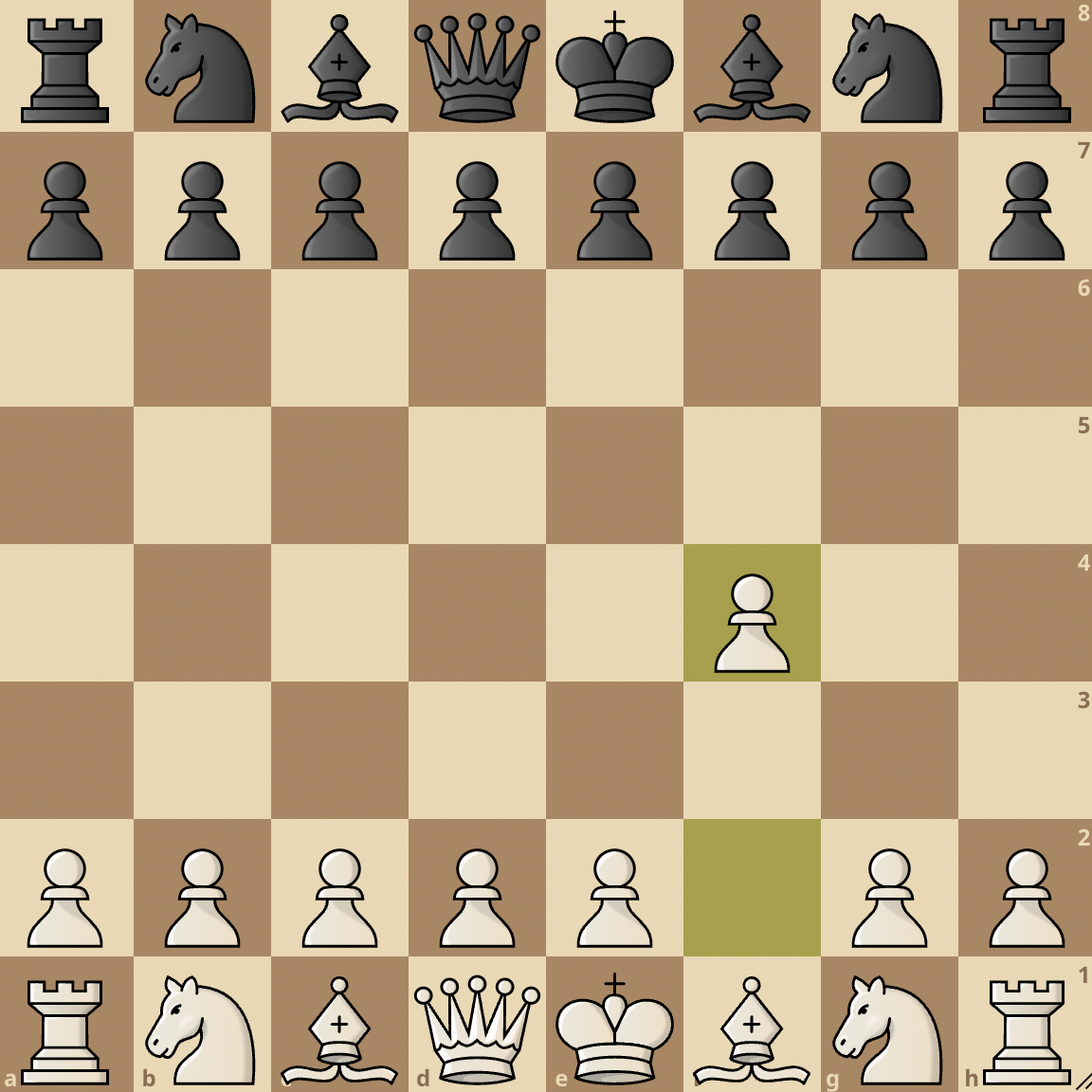
Bird’s opening is characterized by 1. f4. Its ECO is A02.
It was named after 19th century English player Henry Bird.
You can study the Bird’s Opening in detail here.
We said something about irregular flank openings earlier in this article.
They include openings such as:
- Anderssen’s Opening (1. a3)
- Ware Opening (1. a4)
- Sokolsky or Polish Opening (1. b4)
- Saragossa Opening (1. c3)
- Barnes Opening (1. f3)
- Grob’s Attack (1. g4)
- Clemenz Opening, or Basman’s Attack (1. h3)
- Desprez or Kadas Opening (1. h4)
- Durkin Opening (1. Na3)
- Dunst Opening (1. Nc3)
- Amar Opening (1. Nh3)
We covered some of these openings in our articles:
- Best Chess Openings For White
- Weird Chess Opening Names
- 10 openings named after popular chess players
5 Reasons To Play Flank Openings
To Catch Your Opponents By Surprise
To an extent, relying on common and expected knowledge can be risky.
Many chess players encounter opponents that often play 1.e4 or 1.e5. Making a move such as 1.g3 could catch them by surprise as they might not be familiar with the lines.
They might even fall into a trap that secures an easy win.
To Enhance Critical Thinking
Flank openings are avoided due to their more complex nature but gutsy players are advised to give it a shot.
Perhaps, learning such a new opening repertoire might unlock a form of improvement for certain players.
Flank openings have a high probability of becoming closed games, and closed games require a little bit more critical thinking. These games allow players to showcase their creativity which would boost their awareness of the board.
To Step Out Of One’s Comfort Zone
Stepping out of one’s comfort zone is one sure-fire way to improve in anything.
It enhances a player’s curiosity level and boosts creativity.
Flank openings, in particular, can be quite challenging, but they can also help you become a stronger player.
To Embrace Versatility
A versatile player is good in common openings, as well as flank openings. Versatile players are tough to face because they tend to adjust to whatever one throws at them.
You play the Bird’s opening, they’re in key. The Reti? They’re spot on. English? A norm! In summary, a player able to flow with flank openings would easily develop the required adaptability skills to take on a variety of opening classifications (including unorthodox/irregular openings)
To Stand Out As a Unique Player
Many chess players of all levels—whether beginner, intermediate or advanced—play openings that are centred around the e- and d- files because of the common strategy of controlling the centre.
You’re bound to stand out if you know how to play flank openings and deploy them often.
Being a standout player might even inspire others to study your unique style of play and improve themselves.
Examples of Games With Successful Flank Openings
Owen vs. Steinitz (1-0)
The first official world champion, Wilhelm Steinitz fell to a flank opening by John Owen in the 1862 BCA Grand Tourney. This game below proves the effectiveness of the popular English opening.
Touch the moves or move the board around for a better interactive experience
Fischer vs. Lapiken (1-0)
This is a fine example of the Reti Opening as former world champion Bobby Fischer crushed his opponent in just 19 moves.
Bobby Fischer played a trademark sac on move 15 to throw his opponent off balance. The sac initiated a combination that saw a minor piece loss en prise. This game was played in the 1956 US Open.
Ju Wenjun vs Salome Melia (1-0)
The Bird’s opening was successfully deployed by current (as at time of writing) women World Champion, Ju Wenjun in the 2017 World Blitz Women Championships.
The situational pin on move 15 gave Ju the opening she needed to break through Salome’s defence.



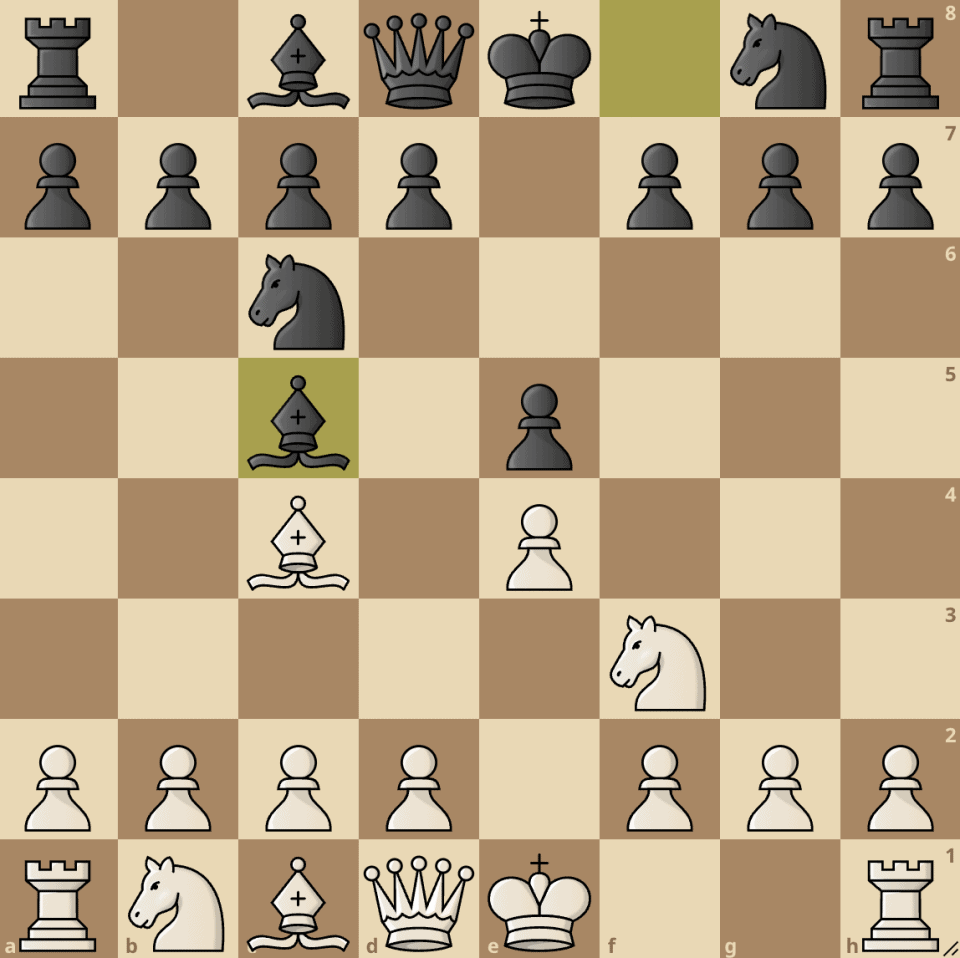
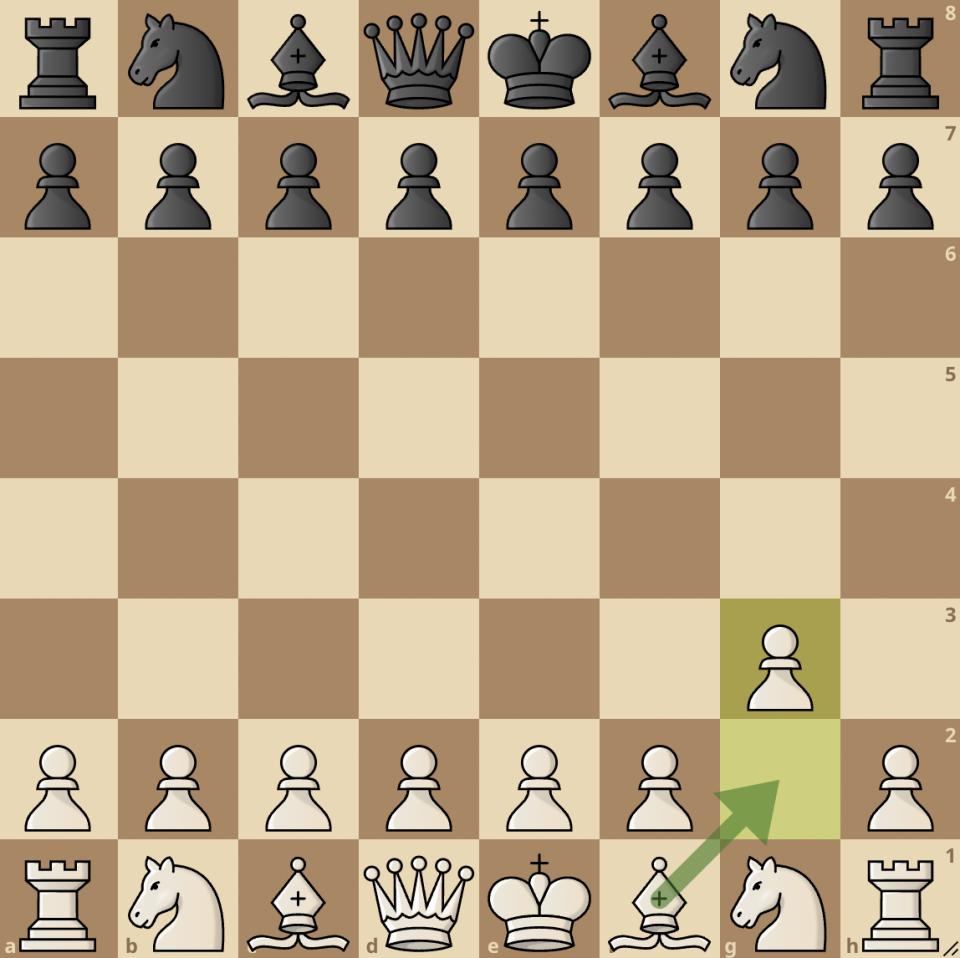
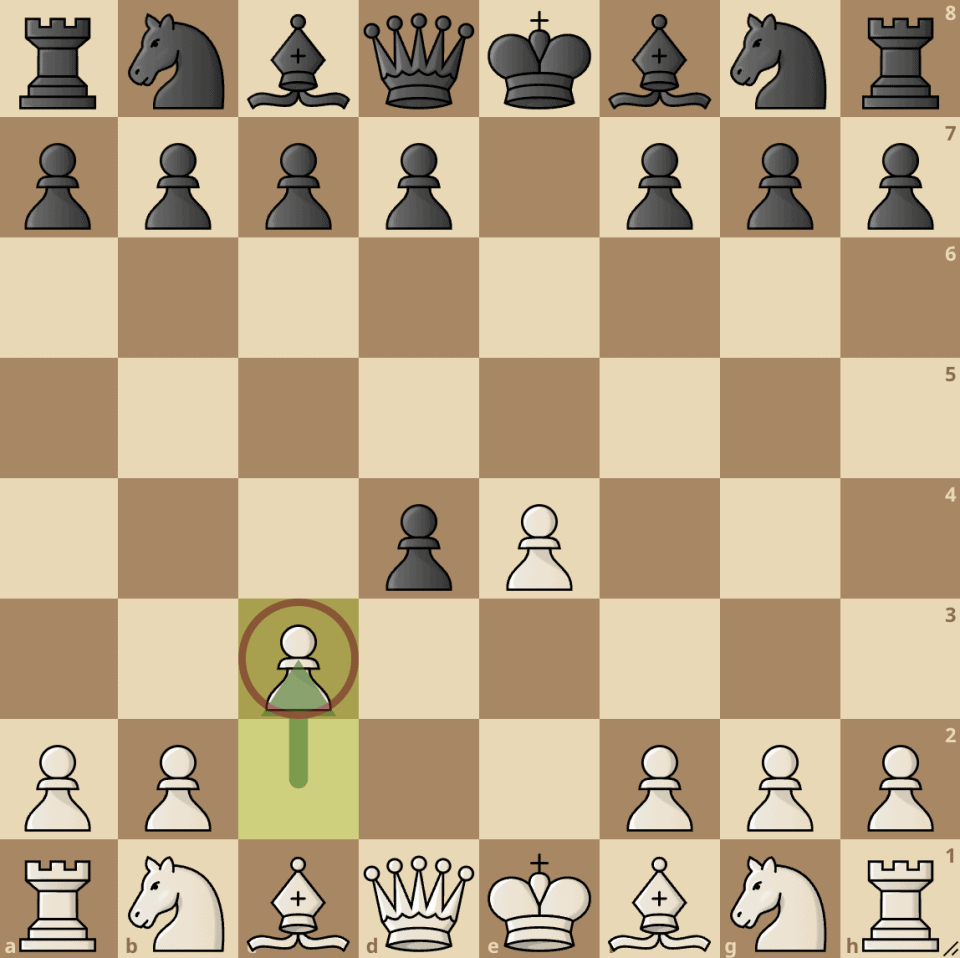
join the conversation